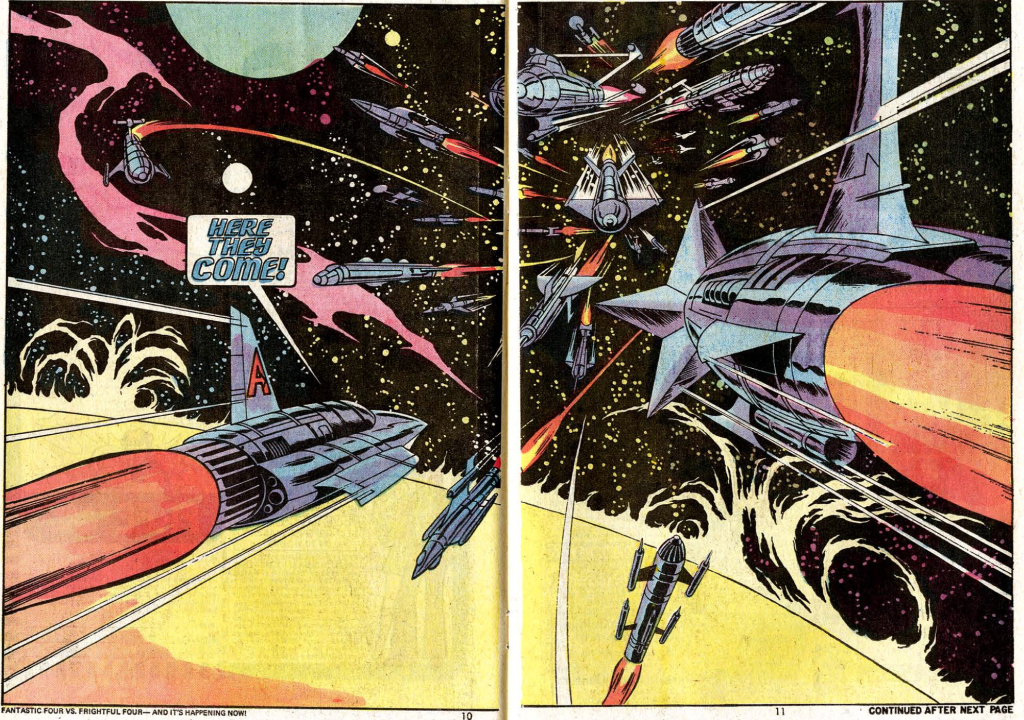
And there they go!
Oh, it’s too late. 2015 has already barged in, wiping its feet on the carpets and asking if there’s anything to eat because its hypoglycemic. Nonetheless, while editing our last podcast for 2014, I had an insight about Roger Stern’s Avengers I wish I’d had earlier to include in our talk. So, while our loutish friend the New Year is helping himself to the beers in the fridge and any cheese he can find, let’s pretend it’s still 2014 and I can sneak this in under the wire.
I actually have a few other points about The Avengers I’ll jam in here too, just to make this more like one of those listicle things which I hear is the only way anyone reads the Internet nowadays.
Avengers Tend to Work Best in Pairs. By which I mean, looking back at the first 300 issues, it’s pretty common for the book to find its focus in the interplay between two members of the team: for example, it’s a good thing the Internet didn’t exist back in the ’60s, otherwise it would’ve melted under all the Captain America/Hawkeye slash fic. If ever two characters were destined to have their hatesex recounted in detail, it would be Cap and Hawk, whose sexy antipathy powers a good chunk of the first hundred issues. But certainly, I think the only reason any of us remember David Michelinie’s run with any fondness is because of the friendship between The Beast and Wonder Man. (And although I never got very far into the run, it does seem like Bendis’ Avengers originally relied on the chemistry between Wolverine and Spider-Man.) Although the team roster swelled at various points, and subplots for individual members came and went, the majority of the rapport tended to run between two characters with a bit of love left over for either the heavy hitters of Thor, Captain America, or Iron Man, depending on whoever was on the team at the time.
This may be why I like Englehart’s run the best and why it felt the fullest to me: rather than just focus on one pair of characters, Englehart fashioned pairs of characters to bounce off one another and then alternated his focus throughout the run. Although I think of his run as the Vision and Scarlet Witch era, he actually has the Swordsman and Mantis bounce up against those two in a romantic quadrangle, sets the Beast off against Hellcat toward the end (and Thor or Iron Man in the beginning) and even Thor and Iron Man are contrasted as friends who trust each other wholeheartedly, despite being portrayed as very different people with totally different reasons for disliking Monodragon.
Starfox Played Well With Everybody; Dr. Druid Did Not. Interestingly, having come up with this assertion, I find myself wondering if the idea holds up with Roger Stern’s run. Like Englehart, Stern plays his characters off in different pairs, but the associations are loose and change up more frequently. Starfox might be having sex with She-Hulk, but he’s more likely to identify with Thor when it comes to his desire for adventure and his otherworldliness. Hercules may pop up as a booster of The Wasp, with a similar love of parties and the good life at the beginning, but by the end of things he’s tired of being ordered around by her. As I keep alluding to with my favorite panel, I wonder to what extent Stern’s Avengers in the 80s are a reflection of Marvel in the 80s, where everyone has to learn to be a good member of the team if they want to stay on the team, and ambition (such as the Vision’s plan to save the world by conquering it) is simultaneously understandable and undesirable.
My Favorite Avenger. I’ve always loved the Mr. Spock-iness of the Vision. There’s a point where Hawkeye’s loudmouthiness becomes distinct from The Human Torch’s or Spider-Man’s, more human, more of a cover for his vulnerability than with those two. It’s awesome what a dick Cap is in those first hundred issues and I’m not sure I’ve ever liked Thor more than toward the end of Englehart’s run, where Moondragon gets him to admit he’s slumming with his Avengers membership because he just likes everyone too damn much. (And certainly I’ve never liked the Beast in any incarnation as I do in his incarnation here in The Avengers, under at least four different writers, no less.)
And under Stern, Captain Marvel is an excellent hero of color—courageous and powerful, but without any of the stereotypes Marvel writers could be quick to indulge in: she’s not angry, she’s not defensive, she’s not even “of the streets.” (My heart broke more than a little when Simonson brings in Monica’s parents just as she leaves the book and suddenly these two characters are saying things like “Soon as we get you home, we’re gonna fatten you up on hominy and chicken!”)
But my favorite Avenger across the three hundred issue read ended up being The Wasp. In the melodramatic years of Thomas and Lee, she’s the only one with a sense of fun. In the Shooter/Michelinie/Shooter era, even after being presented as wildly flirtatious and flighty, she’s incredibly icked to find out her romance with Tony Stark is actually a romance with her co-Avenger, Iron Man. And finally, in the Stern era, she becomes the leader of the team.
If Englehart and Stern are the two best writers to handle The Avengers in these 300 issues (and I think they are), it’s for opposite reasons: I love Englehart for everything chooses to do, for his lack of restraint, but I love Stern for what he chooses not to do. Just as Captain Marvel is deliberately steered away from any and all white stereotypes about black people, Stern takes Jan Van Dyne as chairman and keeps her from so many of the stereotypes male writers inflict on women characters. Jan never worries about running The Avengers “as well as any man!” (as Roy Thomas probably would’ve put it), but she worries constantly about running the Avengers well. Jan doesn’t get involved in any relationships with any of the men on her team (despite both Starfox and The Black Knight showing obvious interest in her)—it honestly never enters her mind. When Jan decides she needs to cut loose, she goes on vacation on Bahamas and hooks up with someone she hits it off with. There are a lot of guys who’ve written female characters for a lot of different mediums over the decades, and there aren’t a lot who get how professionally loaded it is for a woman to become involved with a co-worker, so I really dug that Stern has Jan go to Club Med to cut loose, more than a decade before Stella got her groove back.
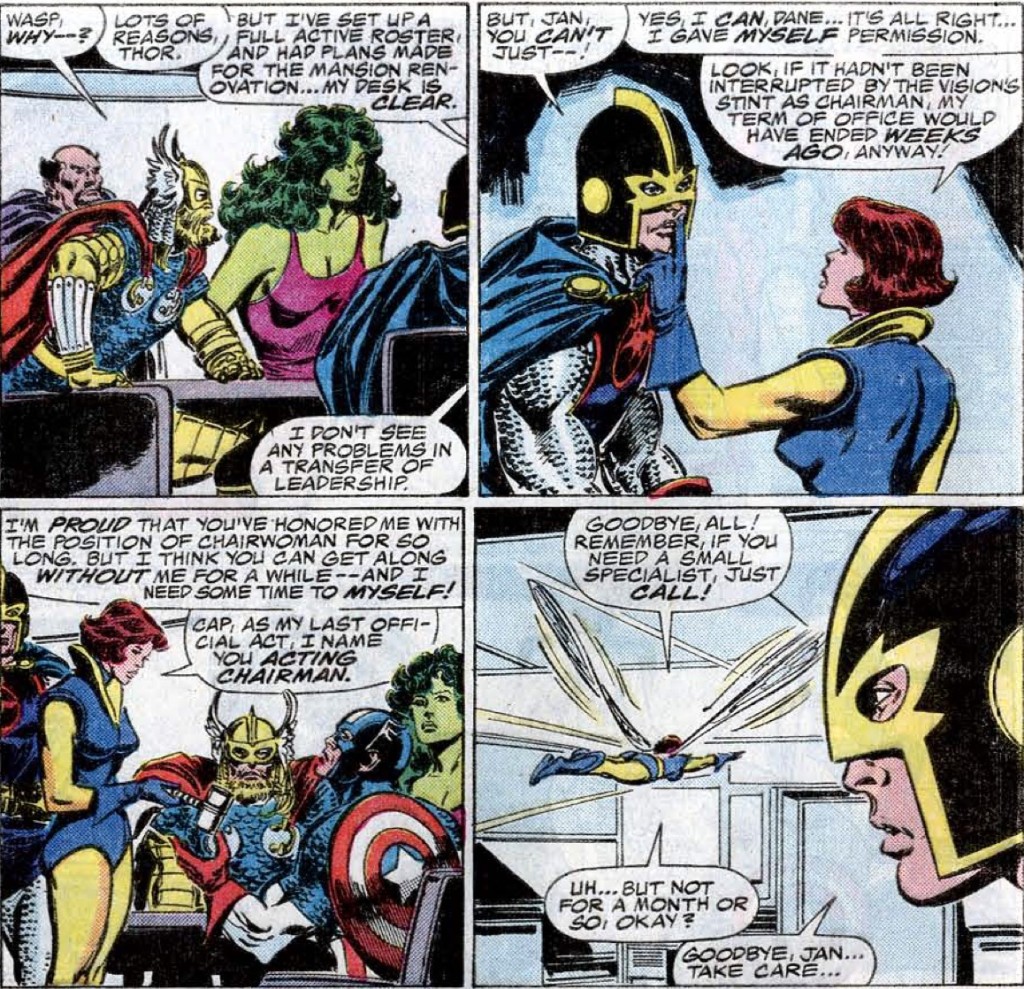
See ya, Jan!
After Wasp steps down as Chairman and leaves the Avengers, it was tough for me to tell if the book suffered from her absence or suffered from Stern’s departure soon after, but I do know I missed her like hell when she was gone.
My Favorite Avengers Artist: Well, it’s a tough call because there have been a lot of great artists on the book and, at least as far as professionalism goes, it’s pretty tough to beat John Buscema and Tom Palmer who do a superlative job of storytelling and rendering over a large run of issues. (Also, when Buscema first starts on the book back in the fifties, he is on fire with some dynamic layouts that play with depth and design.)
But I’ll be honest: Buscema and Palmer are technically impressive as all hell, but I still adore how Perez’s work really pops in his run(s) on the title, and how the first time around (running from the late 130s to early 150s), you can see his work ramp up dramatically. Like Alex Ross, Perez is a fanboy artist, one who understands how much of the power of Kirby’s work comes from excess, and part of the pleasure I take in his work is watching how he figures out how to equal that excess while making it his own.
And yet, that being said, my favorite Avengers artist is still Dave Cockrum, and his Giant-Size Avengers #2 is just always going to be my favorite issue of the run (and in my top ten favorite comics ever, I think). Although you always see the influences in Cockrum, at his best he always transcends them: he somehow manages to take Gil Kane’s dynamism and invests it with John Romita’s sensuality, Neal Adams’ design sense married to Kirby’s explosiveness, Perez’s lavish attention to detail, Byrne’s focus on character’s personalities.
For the few issues he’s on (and even when he’s inking well-intentioned second raters like Bob Brown), Cockrum’s pencils jibe perfectly with Englehart’s character-driven, high head count scripts . (And, of course, Cockrum goes on to reinvent the X-Men with Chris Claremont after this, so it’s like not losing him on The Avengers did pay off for all of us in the long run.) But Cockrum’s run does illuminate another harsh truth about The Avengers.
The Avengers Should Not Be A Monthly Book. This is undoubtedly a ridiculous thing to say in 2014 (shhh, we’re still pretending, remember?) what with their being something like a half-dozen Avengers titles, all shipping at least monthly. But for the first 300 issues? It would’ve been better if The Avengers had been published somewhere between eight and ten times a year so that dudes like Cockrum and Perez and pre-Palmer Buscema could’ve lasted for more than a year. For a flagship title, The Avengers seemed to always totter on the precipice of disaster, with ambitious scripts requiring a pile-up of artists and inkers to get the issue out on time. And that was at its best! At its worst, whether by the writer or artist or both, The Avengers was always in danger of being hacked out.
Final Point! So a million words ago, I started this with a point I wanted to make about Roger Stern’s run and I don’t think I could’ve made it without this overstuffed imitation of a sleek listicle.
In the podcast, when Graeme talks about Captain America being an aspirational figure in a way similar to Superman and how Marvel doesn’t seem to have that any more, I realized (while editing the podcast) what I enjoyed so much about Stern’s run: it was filled with aspirational figures. Jan Van Dyne under his run is refreshingly free of angst, as are most of the Avengers. She and Captain Marvel are both admirable figures, heroic without the maudlin undercurrent Marvel’s heroes had for so much of their existence.
This, combined with glacial subplots whose payoffs run the gambit from underwhelming to nonexistent, make me wonder to what extent Stern is actually a Silver Age DC fan in Marvel Zombie clothing. I haven’t read enough of his work to know, but at least in The Avengers, the subplots—The Black Knight pining for Jan, Captain Marvel talking about opening her own business, Jan worrying about Starfox’s abilities to manipulate his enemies—slow to the point they become tropes, not so far off from Barry Allen always showing up late, or Lois wondering if Superman and Clark Kent are the same person.
It sounds like damning praise—”hey, if you play an Avengers comic at thirty-three and a third instead of forty-five, it sounds just like The Justice League of America!”—but I actually admire how timeless it can feel when done right. When done right, those unfinished subplots don’t feel slapdash and frustrating. When done right, they don’t become the Brian Bendis trapeze act of storyline to storyline to storyline, the myth of Sisyphus turned into a one-way road and stripping Sisyphus of even the moment of reflection of walking back down hill to start over. When done right, they become questions you have about the characters, stories you never have to see played out, dreams you can continue to have long after the books are read and put away, once the new year’s begun.






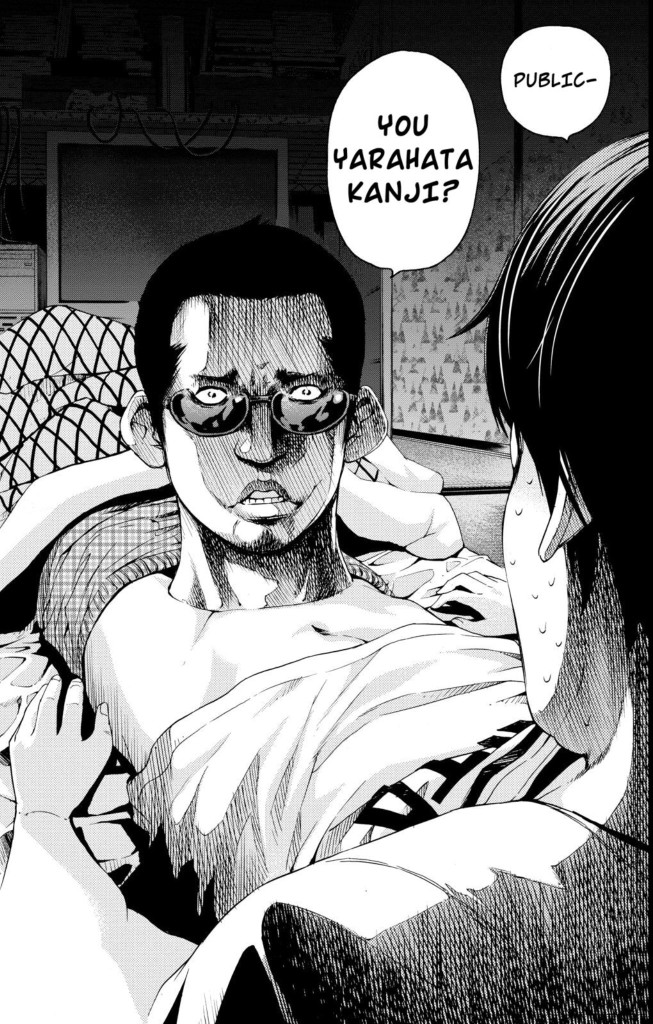
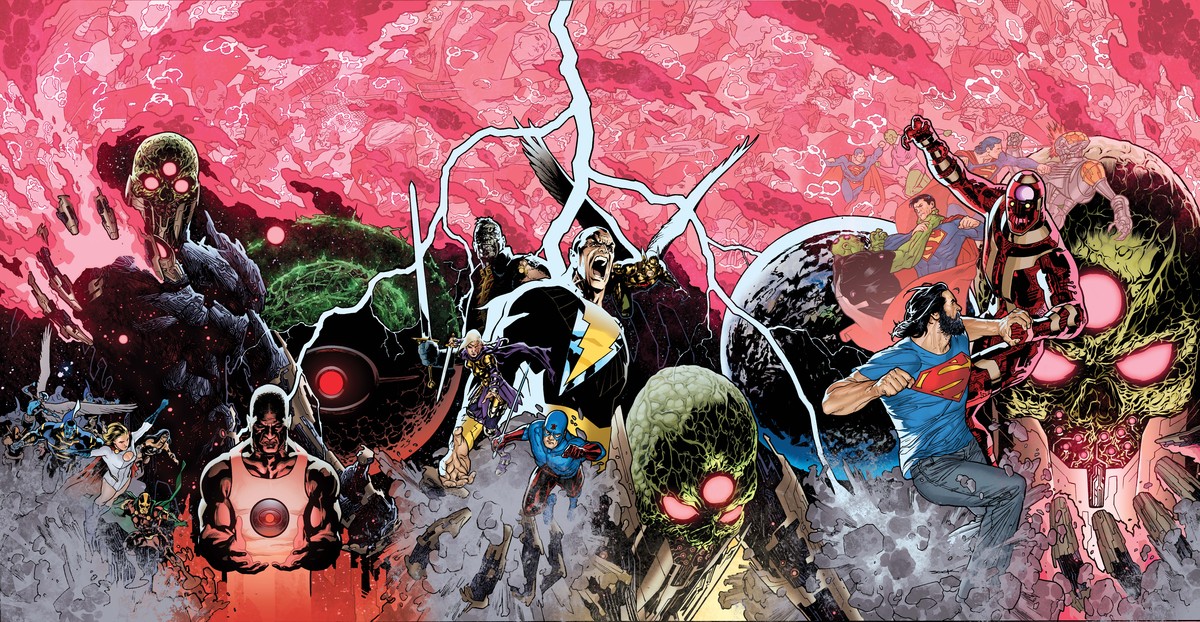
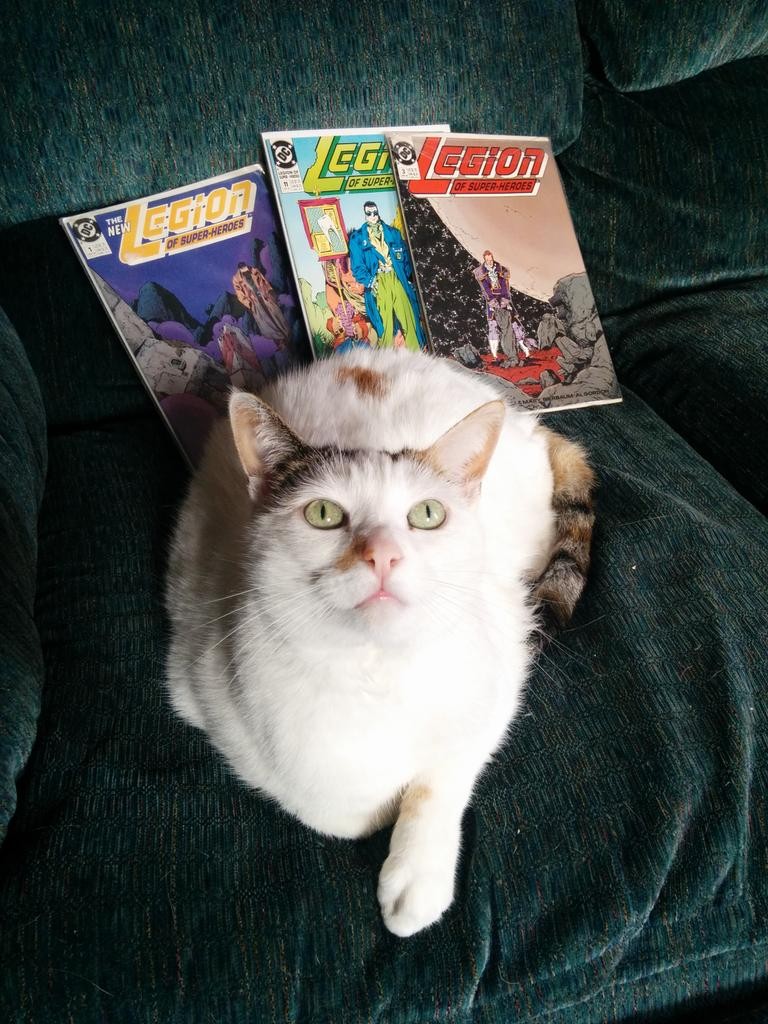

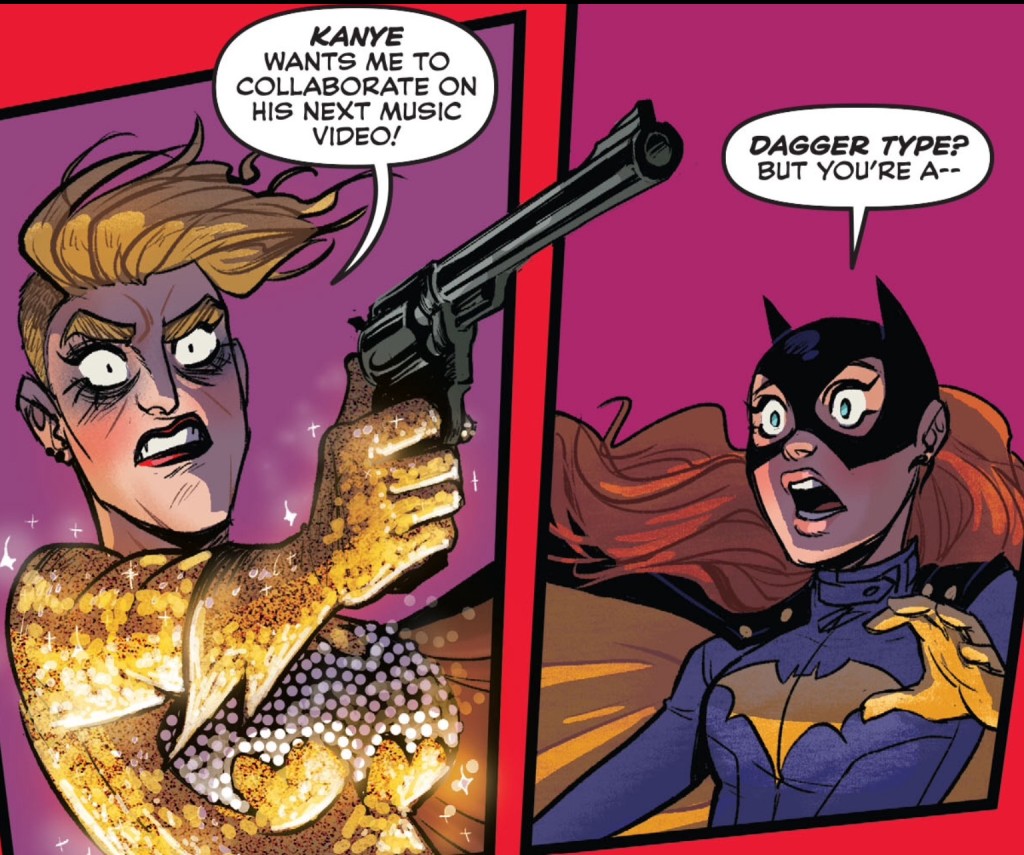
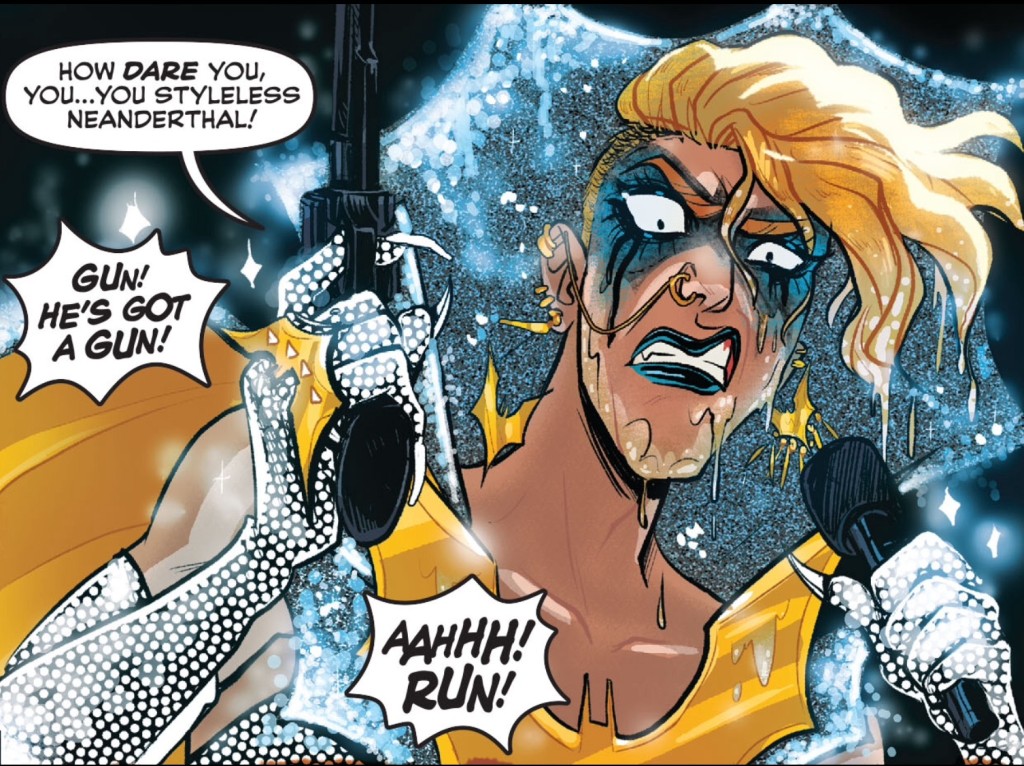
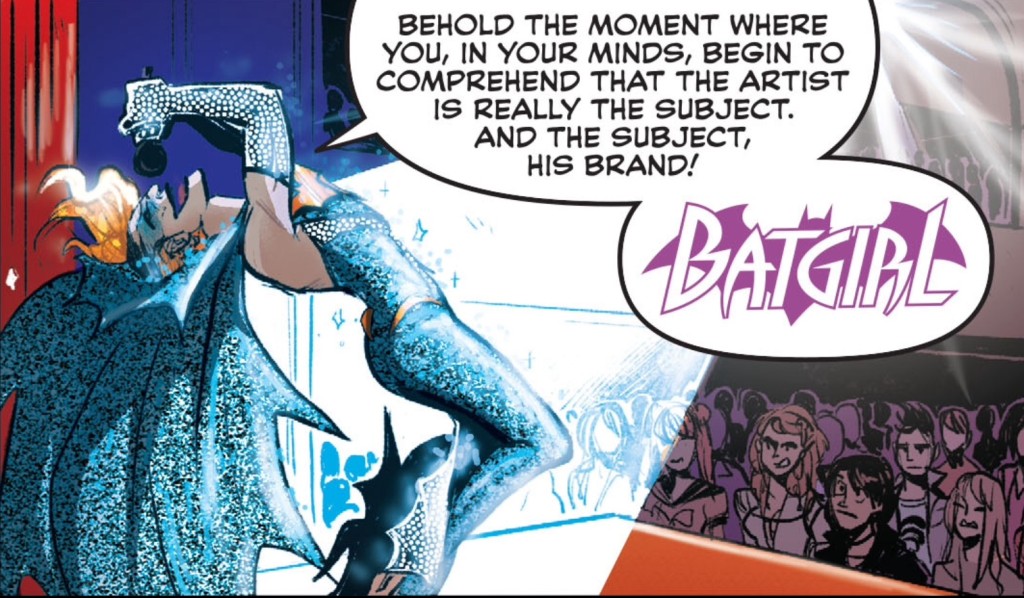
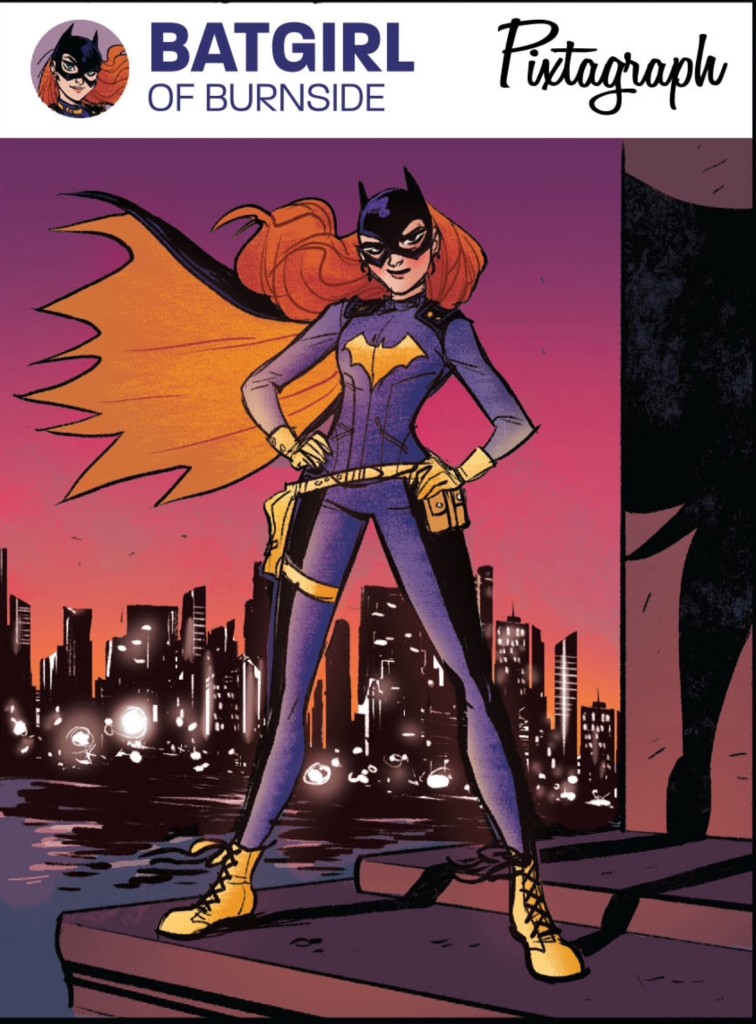
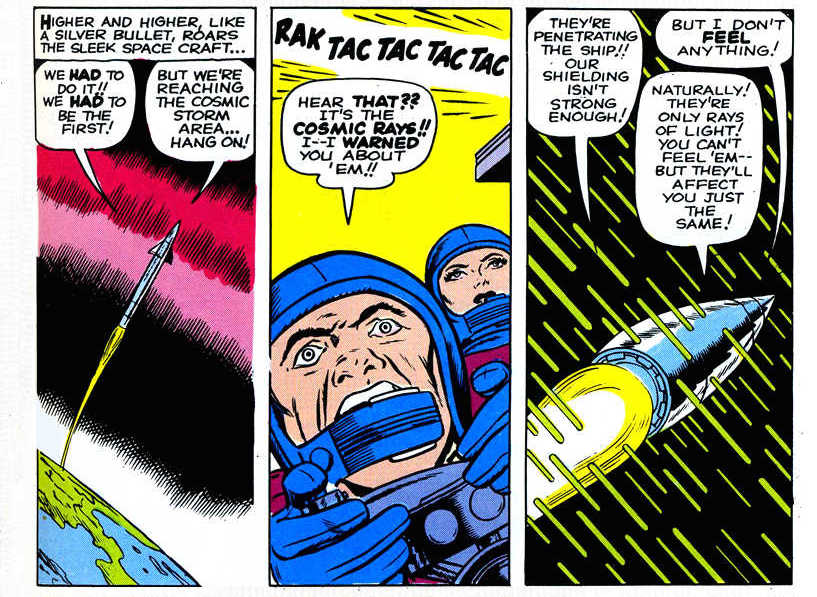
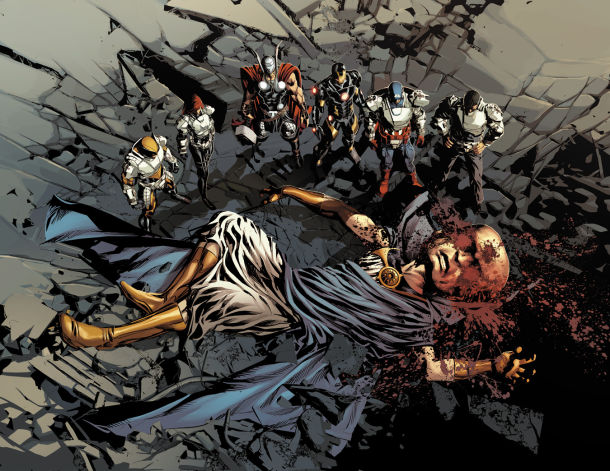



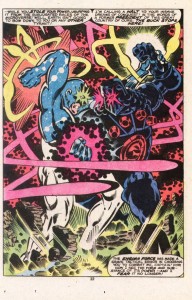
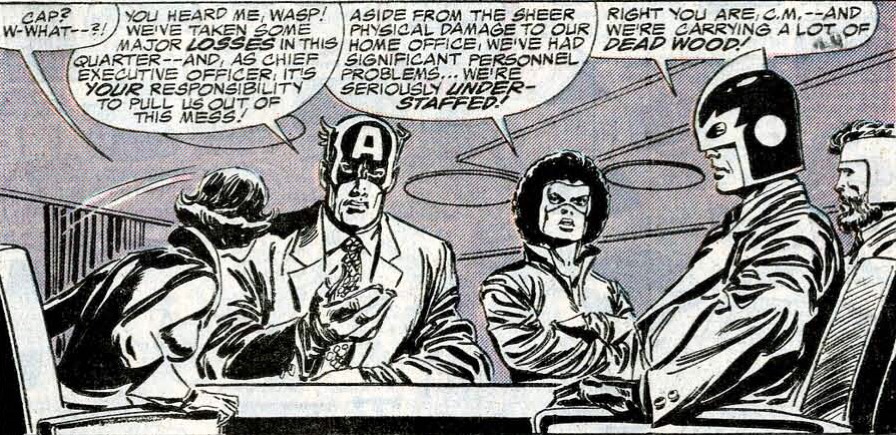
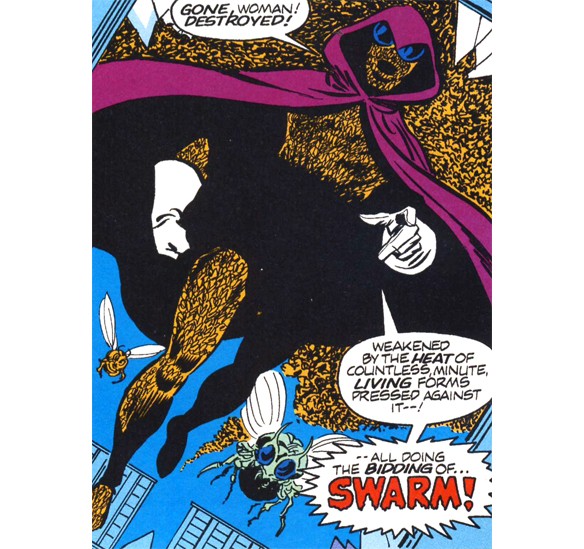
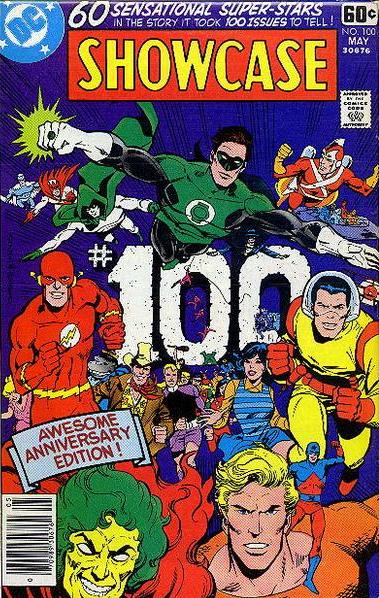
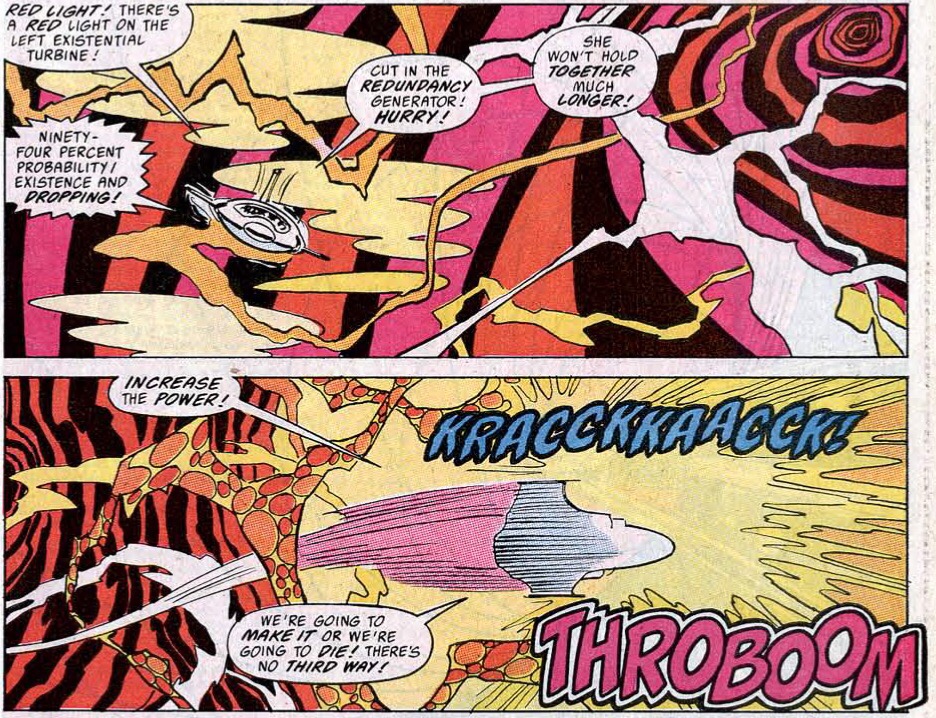


Recent Comments